We envision a future where people enjoy optimal health and wellbeing, where health systems operate in an efficient and responsible manner, at minimal cost to the environment, and a positive impact on the society at large. To achieve this vision of sustainable healthcare, a holistic approach is required that considers the environmental, social, and economic aspects of care delivery. This vision is the driver behind rigorous assessment of our portfolio with respect to these crucial aspects, and our continuous efforts to improve it without compromising the safety and quality of our products.
Sustainable solutions
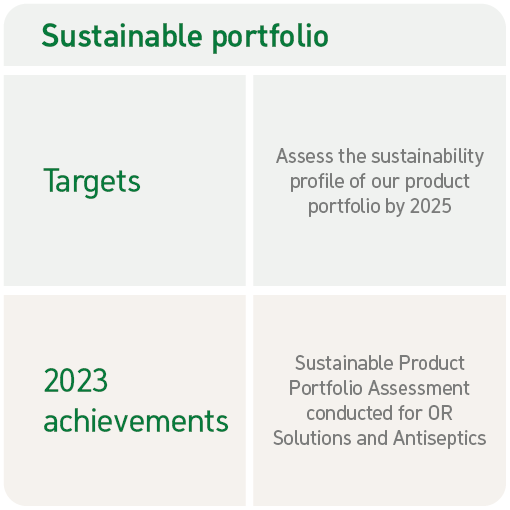
We constantly innovate with the aim to offer our customers the most sustainable solutions while not compromising on safety and quality of our products
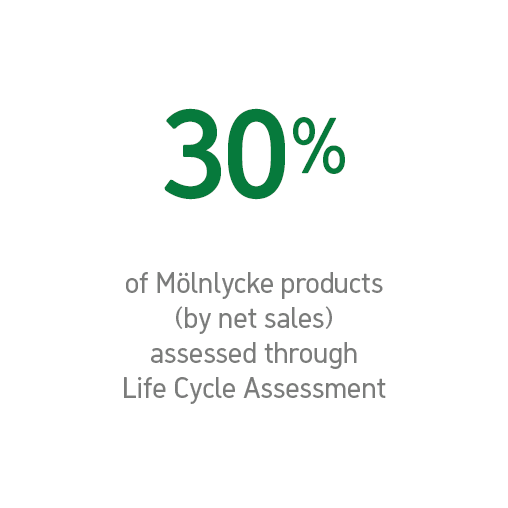
Life cycle perspective is an important basis for Mölnlycke’s sustainability improvement work. It ensures we take account of the full impact of a product or service, from raw materials to a finished product, during use and at the end of life.
-
Our LCA strategy is purpose-driven and rests on several fundamental pillars:
- Environmental Responsibility: We are deeply committed to minimising our environmental footprint and mitigating the adverse effects of our operations on the planet. Our LCA strategy serves as a compass, guiding us towards more sustainable practices and ethical leadership. This approach guides us towards sustainable and ethical practices within our industry, reflecting a deep commitment to responsible environmental management. In aligning our operations with these values, we hope to contribute positively to the broader industry dialogue on preserving natural resources.
- Informed Decision-Making: We believe that informed decisions are the cornerstone of responsible business practices. Our LCA assessments provide us with the knowledge and insights needed to make sustainable choices at every stage of our product life cycles.
- Continuous Improvement: Our LCA strategy is rooted in the pursuit of excellence. We view every LCA as an opportunity for introspection and innovation, driving us to constantly improve our products, solutions, processes, and overall environmental performance.
- Competitive Advantage: We firmly believe that sustainability is not just a responsibility but also a strategic advantage. Our LCA strategy positions us to meet the evolving demands of our customers and patients, differentiate our brand, and secure long-term success.
- Transparency and Accountability: We understand that transparency builds trust. By following well defined and accredited LCA standards and methodologies and openly sharing our LCA findings and progress with our stakeholders, we demonstrate our commitment to accountability and stakeholders’ expectations.
- Resilience and Adaptability: We acknowledge that the business landscape is evolving, and environmental challenges are dynamic. Our LCA strategy equips us with the knowledge and adaptability required to navigate these changes successfully.
For making sustainability claims through LCA comparisons, Mölnlycke adheres to the following principles:
- Employ the same methodology, assumptions, and scope used for measuring our own products, guaranteeing an equitable comparison.
- Compare the product being evaluated with the average product from our portfolio, rather than with competitors', to underscore improvements and avoid misleading claims.
- Where available, utilize Product Category Rules (PCRs) relevant to the product category. Based on ISO 14040, ISO 14044, ISO 14025 PCRs define the guidelines for creating an Environmental Product Declaration (EPD) for a specific category and may include industry averages for comparison.
In making sustainability claims, transparency and accuracy are paramount for Mölnlycke. To avoid the risks of "greenwashing" and potential harm to our reputation, it's crucial that our claims are substantiated by reliable data and adhere to pertinent guidelines and standards.
-
Mölnlycke is actively engaged in promoting a circular economy, incorporating circular practices throughout its entire value chain. Mölnlycke recognises the transformative possibilities across every facet of its business with a collaborative focus on providing its customers with the most sustainable solutions that help to both utilise resources responsibly, and to decarbonise healthcare.
An important step in this journey is assessing the impact of individual solutions through Life Cycle Assessment (LCA), and the wider solution portfolio. For the portfolio level, Mölnlycke adapted the standardised categorisation methodology, Sustainable Product Portfolio Assessment, from the portfolio framework tool developed by World Business Council for Sustainable Development (WBCSD) as fit for purpose for a MedTech company.
The company’s portfolio approach promotes the use of safer and more sustainable products in all stages of the value chain. Mölnlycke’s responsibility stretches to the whole life cycle, from sourcing, transportation, manufacturing through to customer use and end of life. The company assesses the sustainability performance of all products and builds sustainability thinking into its innovation process through sustainable design insights and eco-design tools.
Mölnlycke segments its product portfolio into the following three categories to reflect the sustainability risks and opportunities.
- “Leading solutions,” are products that offer significant sustainability benefits for customers compared to mainstream alternatives in the market, while providing the same or better functionality and no adverse impacts on any other sustainability criteria.
- “Performers,” are solutions which meet the needs of Mölnlycke’s customers and patients and have no immediate positive or negative impact in terms of sustainability.
- “Transitioners,” are solutions which have known current or future sustainability risks, according to regulations or concerns raised by stakeholders such as customers, NGOs, and public groups.
Information from the portfolio analysis is used to support product portfolio planning through the company’s marketing and innovation processes. It also helps the company to engage with customers with a focus on sustainability.
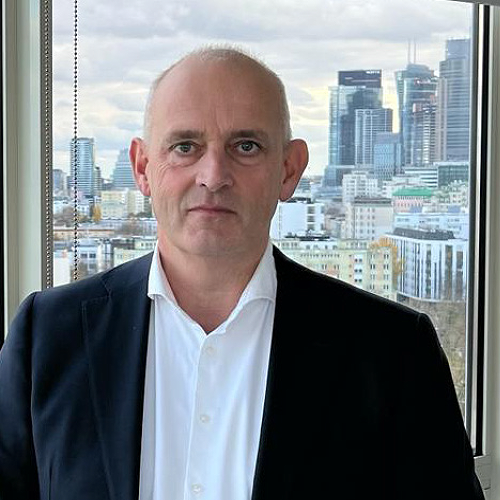
"Engaging in a Sustainable Product Portfolio Assessment (SPPA) provides us with a profound understanding of the sustainability embedded in our portfolio. This not only empowers us to guide customers towards sustainable choices but also enriches our insights for the continuous evolution of resilient and sustainable solutions."
Erik van Campenhout Commercial Director EMEA/APAC/ Global Business. Development and Global Marketing, Antiseptics
Criteria we take into consideration when assessing the sustainability benefits of our products
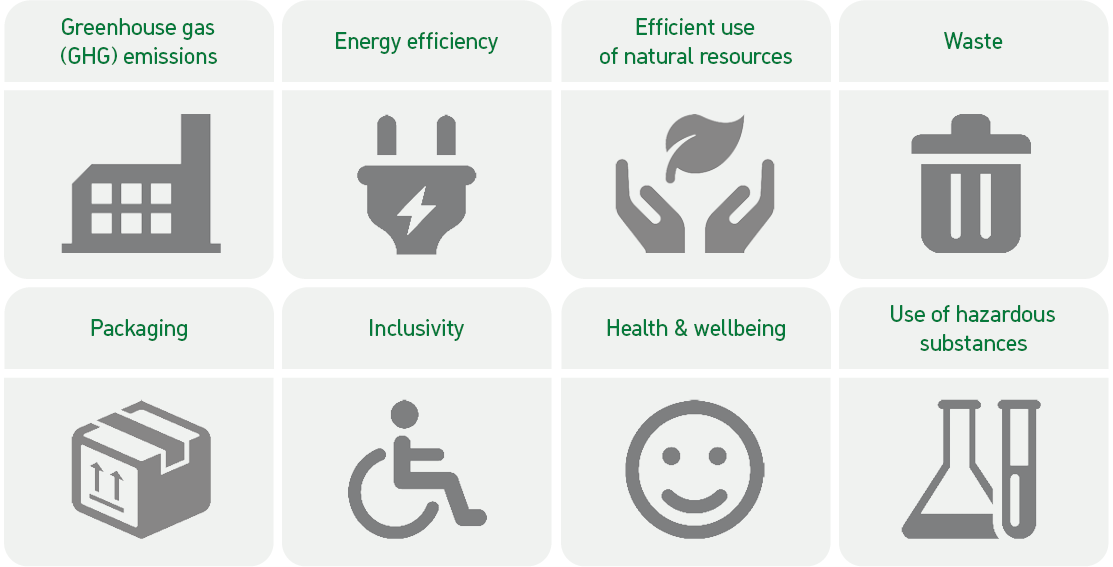
Hazardous substances
Medical devices often use a wide range of chemical materials, including plastics, adhesives and coatings. Some of these materials may contain hazardous substances, such as plasticizers, flame retardants and antimicrobial agents. We proactively identify, classify, risk assess and manage all substances to ensure that any potential hazards are identified. Once identified, any hazards are carefully controlled and mitigated. We have a commitment to minimise and replace hazardous substances whenever possible.
-
Creating solutions to achieve optimal healthcare outcomes often requires complex production processes and the handling of many different substances. Mölnlycke is committed to the safe use of all substances at every stage of design and production. We systematically identify, classify, and assess the risks of all substances to ensure that potential hazards are identified and controlled.
Our program continuously reviews substances as their regulatory status changes and prevents the introduction of hazardous substances into our operations. The output from our hazardous substance assessment program is fully integrated into our Sustainable Product Portfolio Assessment (SPPA) process, which is implemented across all Mölnlycke businesses. This direct link ensures timely and appropriate management of identified substances within our product portfolio.
We focus particularly on substances that are hazardous or may be hazardous in the future, aiming to minimise and replace them whenever possible. This process is embedded in rigorous review and rating systems, along with portfolio-level analysis and reporting, to ensure the continual removal of hazardous substances from our value chain. Our ongoing program of research, development, and supplier interaction seeks technologies to replace these substances. When replacement is not feasible, hazardous substances may only be used when their safe use and adequate controls can be demonstrated, protecting our teams, stakeholders, and the environment.
Careful handling of hazardous substances and preventing their release into the environment are requirements of the ISO 45001 standard for occupational health and safety management and the ISO 14001 standard for environmental management. Mölnlycke is globally certified to these standards and regularly audited by an accredited body to ensure conformance.

Designing products with longer service life
Designing devices with longer service life compared to previous devices, and educating customers in using them for longer is an important aspect of Mölnlycke’s gradual transition into the circular business model. One example is Mölnlycke’s Mepilex® Border Post-Op, which is clinically proven to be safely used for up to 14 days after the surgery.1 Advanced dressings with prolonged lifespan can contribute to minimising dressing-related waste and, consequently, also greenhouse gas emissions associated with product disposal.
1. Van Overschelde P, et al. Undisturbed wound healing: a single centre retrospective study investigating patient reported outcomes and clinical validity of extended dressing wear time for incisional healing following orthopaedic surgery.
The ARCTIS study. Journal of Wound Care, 2024.
Helping customers reduce waste
Studies show that switching from single-packed medical supplies to our customisable Mölnlycke® ProcedurePak trays can reduce packing waste with up to 90 %, while saving valuable time in preparation.
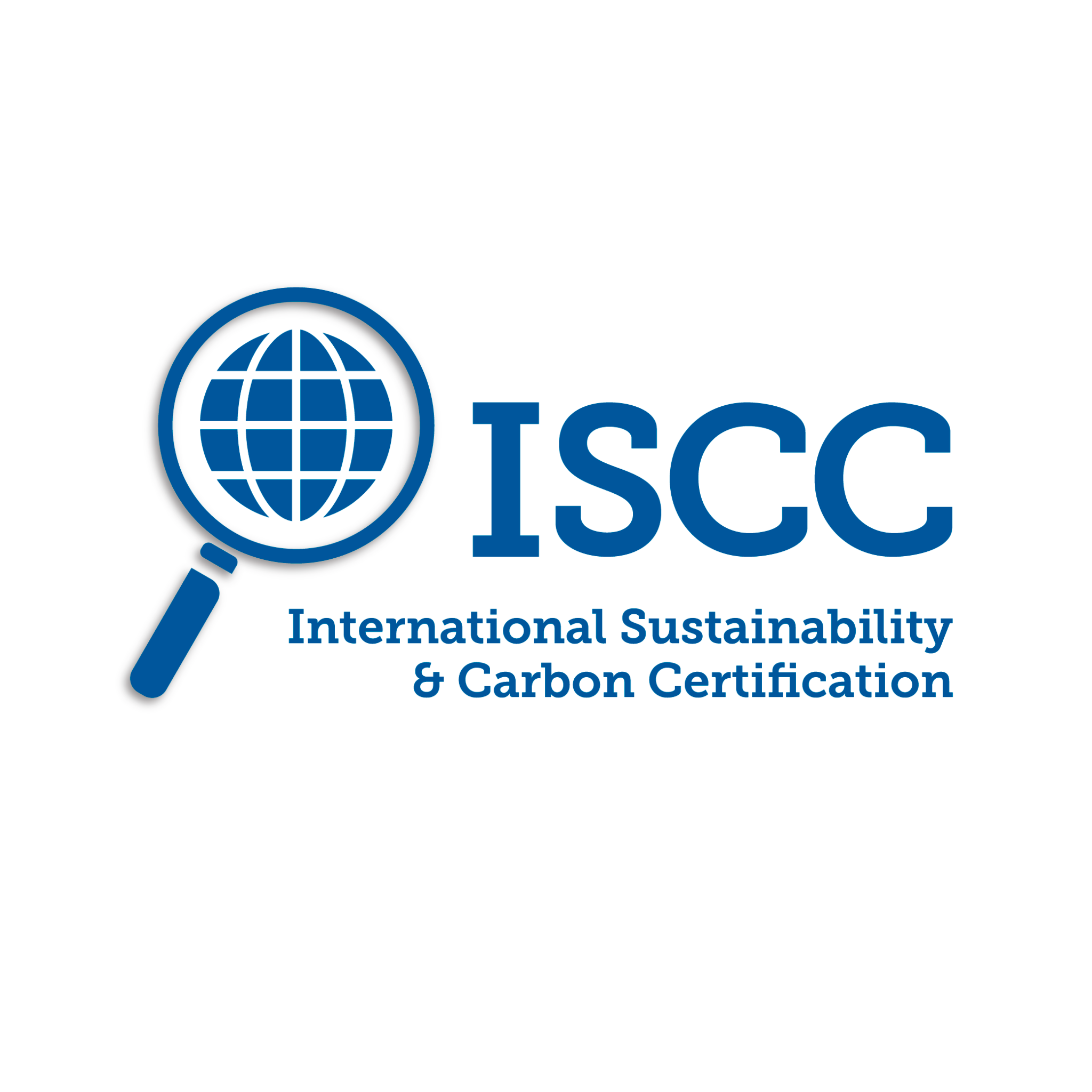
Renewable alternatives to fossil-based materials
As part of our commitment to use materials efficiently and support the principles of circularity, Mölnlycke are proud to be expanding the portfolio of solutions with materials certified with International Sustainability and Carbon Certification system (ISCC). Our life cycle assessment shows that using ISCC certified material can help reduce GHG emissions.

Enhancing social inclusivity for patients with highly exuding wounds
Unfortunately, over 60% of individuals with a venous leg ulcer experience leakage, a debilitating consequence of highly exuding wounds. This can create distress and decreased quality of life for patients and their loved ones. Individuals experiencing malodour often miss out on work and social activities due to fear of embarrassment (read their stories here). But change is coming. Mepilex Up® is an innovative foam dressing intentionally designed to minimise the risk of leakage and prevent its spread to healthy skin.